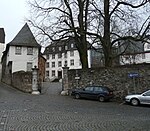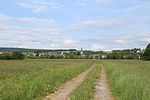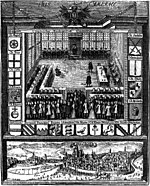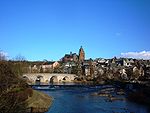Leica Camera
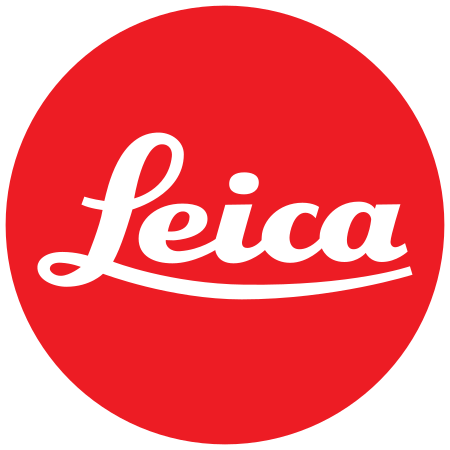
Leica Camera AG () is a German company that manufactures cameras, optical lenses, photographic lenses, binoculars, and rifle scopes. The company was founded by Ernst Leitz in 1869 (Ernst Leitz Wetzlar), in Wetzlar, Germany. The name Leica is derived from the first three letters of the founder's surname (Leitz) and the first two of the word camera: lei-ca (LEItz CAmera). In 1986, the Leitz company changed its name to Leica and moved its factory from Wetzlar to the nearby town of Solms. Leica Camera AG is 55% owned by Austrian investment firm ACM Projektentwicklung GmbH and 45% owned by The Blackstone Group which licenses the Leica brand name from the Danaher Corporation-owned Leica Microsystems GmbH.
Excerpt from the Wikipedia article Leica Camera (License: CC BY-SA 3.0, Authors, Images).Leica Camera
Am Leitz-Park,
Geographical coordinates (GPS) Address Nearby Places Show on map
Geographical coordinates (GPS)
| Latitude | Longitude |
|---|---|
| N 50.5525 ° | E 8.5363888888889 ° |
Address
Leica Camera AG
Am Leitz-Park 5
35578 (Garbenheim)
Hesse, Germany
Open on Google Maps



